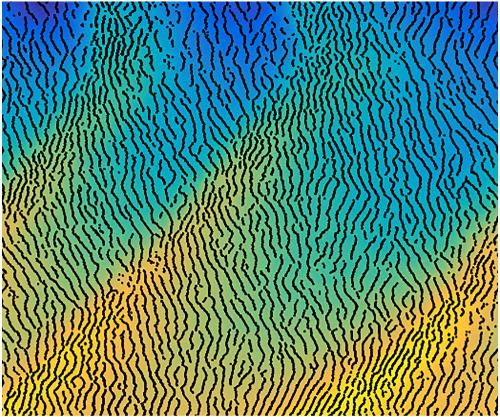当前位置:
X-MOL 学术
›
Earth Surf.Process. Land.
›
论文详情
Our official English website, www.x-mol.net, welcomes your feedback! (Note: you will need to create a separate account there.)
An automated procedure to calculate the morphological parameters of superimposed rhythmic bedforms
Earth Surface Processes and Landforms ( IF 3.3 ) Pub Date : 2020-08-24 , DOI: 10.1002/esp.4983 Li Wang 1 , Qian Yu 2, 3 , Yongzhan Zhang 2, 3 , Burghard W. Flemming 4 , Yunwei Wang 5 , Shu Gao 1
Earth Surface Processes and Landforms ( IF 3.3 ) Pub Date : 2020-08-24 , DOI: 10.1002/esp.4983 Li Wang 1 , Qian Yu 2, 3 , Yongzhan Zhang 2, 3 , Burghard W. Flemming 4 , Yunwei Wang 5 , Shu Gao 1
Affiliation

|
Subaqueous dunes are often observed to be superimposed on larger dunes, sand bars and tidal ridges, while smaller dunes may also be found superimposed on larger dunes. In this study an automated method has been developed by which the geometry of superimposed rhythmic bedforms can be analysed. The method combines two‐dimensional (2D) Fourier analysis, wavelet transform, zero‐crossing analysis and a variety of filters. Instead of applying conventional manual procedures, the wavelength of interest can be automatically determined by a series of 2D Fourier analyses, which is a critical first step for automated analysis of dune geometries. Based on such efficient data preprocessing, the method can accurately determine dune orientation, separate target bedform profiles, and identify crests and troughs. With the input of bathymetry, the dominant regional dune orientation can be determined together with the geometric parameters of individual dunes (wavelength, height, leeside angles) and their spatial distribution. The method was applied to both synthetic and observed bathymetries of a tidal ridge off the Jiangsu coast, China, and a sand bank in the Dover Strait, UK. The results show that almost all dunes in the domain were detected and their geometric parameters accurately calculated, especially in areas of bedform superimposition. © 2020 John Wiley & Sons, Ltd.
更新日期:2020-08-24


























 京公网安备 11010802027423号
京公网安备 11010802027423号